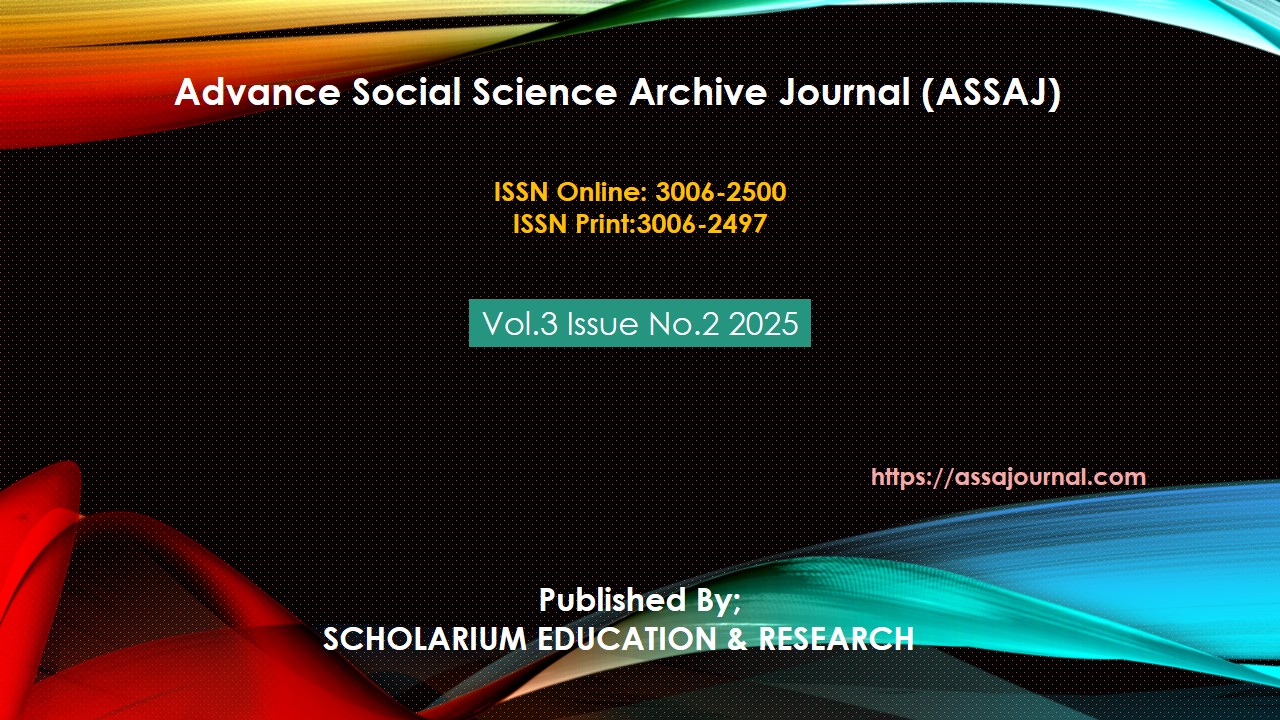Demographic Variations in the Impact of Mass Media on Health, Performance, and Values Among University Teachers and Students
Abstract
The purpose of this study is to examine the effect of mass media consumption on health, performance and values of university teachers and students, with special emphasis on the demographic variations. It investigates the impact of the effects of media exposure on the physical/social health, academic/collaborative performance, and social/organizational values with regard to gender, age, and educational background. A cross sectional survey design was employed to collect data of 331 (304 students and 27 teachers) from various universities in Khyber Pakhtunkhwa Pakistan. Media usage patterns were assessed using validated questionnaires, health outcomes, performance metrics and value systems, demographic factors were analyzed using Kruskal Wallis and Mann Whitney tests. Some key findings reveal how media exerts its power on important demographic groups. The consumption source for social media shaped up to be the largest (65%), and it was correlated with being sedentary and disturbed in sleep. However, there was a notable gender difference, as female participants were more prone to media self-esteem problems and male participants were more distracted. Age had an important role to play in the fact that younger people (18–24 years) were more likely to suffer academic performance declines due to excessive media use. For students with higher CGPAs (3.5–4.0), who experienced media exposure, higher educational attainment moderated outcomes, with students showing more improved health better teacher performance than students with lower CGPAs (1.5–2.5). Early career teachers were strained with conflicts of values related to the media. This calls for media literacy intervention tailored to special populations. It recommends that simple programs are created for younger students aimed at reducing the distractions, that gender sensitive mental health support be provided and that institutional policies promoting balanced use of media are implemented. These contribute to the widening conversation around the media’s uneven benefits and risks and support those approaches that attempt to maximize the one without tipping over into the other, for both general and special populations.
Keywords: Mass Media, Demographic Differences, Health, Academic Performance, Values, Media Literacy.





